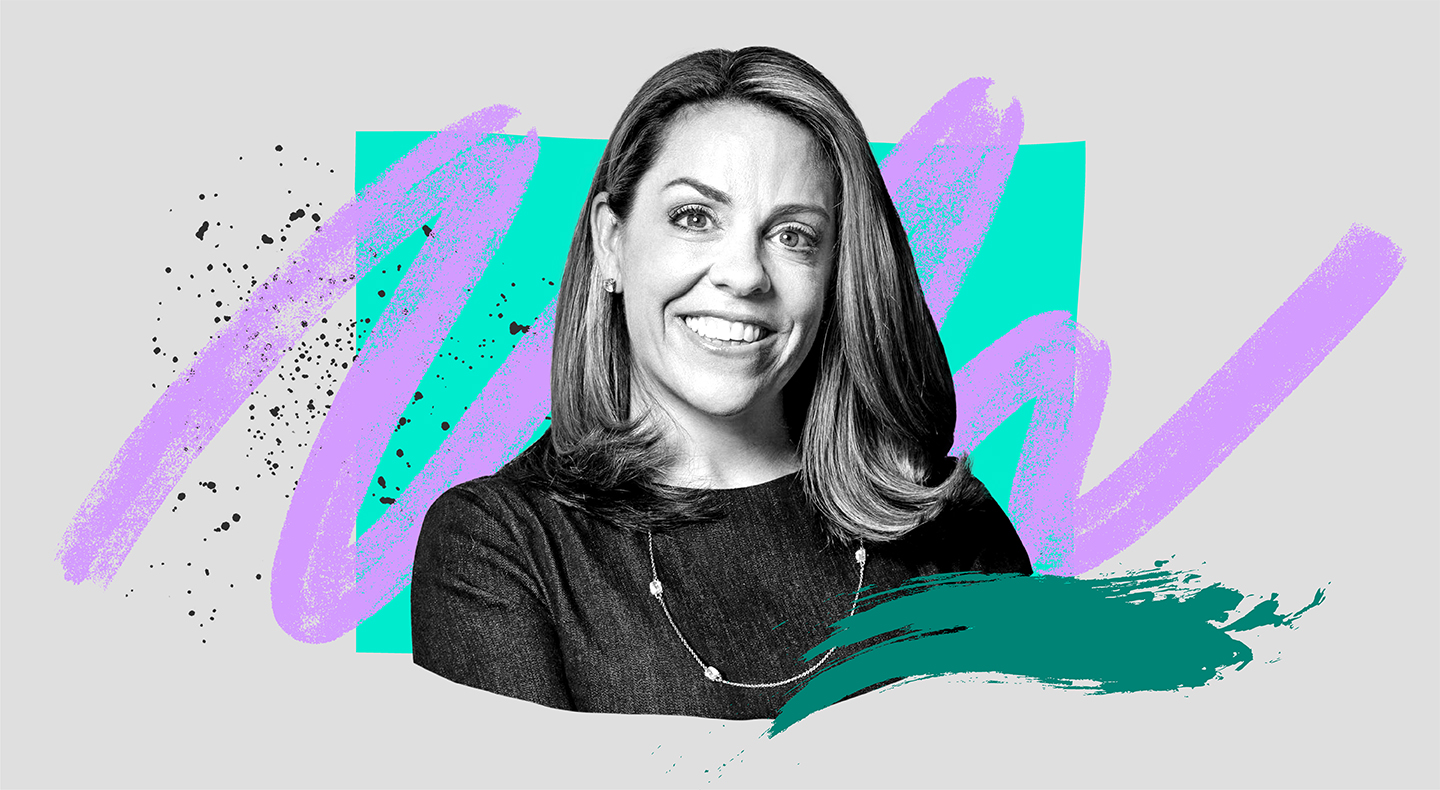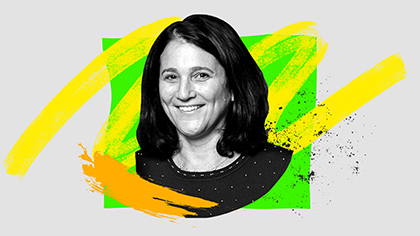Julie Whelan has one grounding piece of advice for any organization that wants its teams to work together in person more often: “You have to answer the question, Why?” Whelan says. “If it’s just because we want to get people back to the way that it was, then that’s not enough,” she says. “You have to create a purpose.
“That purpose might be seeing teammates, or it might be, for others, getting access to quiet space,” says Whelan, who leads a global team of researchers at CBRE, the real estate and facilities management company. “It might be getting access to the technology that makes you even more effective, or it might be a combination of those things. But figuring out what that purpose is is really important.”
In this episode of WorkLab , Whelan shares the attributes and activities that draw people into a workplace, and she unpacks the trends shaping office real estate in general. Whelan, CBRE’s global head of occupier thought leadership, also offers practical advice for leaders deciding what’s next for their own organization’s investments in real estate, including three different metrics to study:
WorkLab is a place for experts to share their insights and opinions. As students of the future of work, Microsoft values inputs from a diverse set of voices. That said, the opinions and findings of the experts we interview are their own and do not reflect Microsoft’s own research or positions.
You can follow the show on Apple Podcasts, Spotify, or wherever you get your podcasts.
Here’s a transcript of the Episode 7 conversation.





